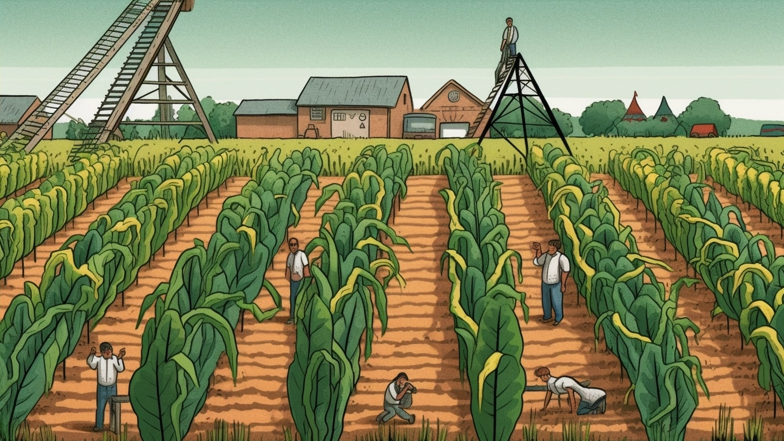
Genetic modification involves inserting new, desirable genes into an organism's DNA or altering existing genes to achieve a desired outcome. This technology has already been used to develop crops that are resistant to pests, herbicides, and drought. For example, genetically modified corn and soybeans are now widely used in the United States, leading to increased crop yields and decreased use of chemical pesticides.
In the medical industry, genetic modification has the potential to yield cures for a variety of genetic diseases. For example, scientists are working on modifying the genes of stem cells to treat diseases like sickle cell anemia and cystic fibrosis. Genetic modification could also be used to create organs for transplant, eliminating the need for donors and reducing rejection rates.
Despite these potential benefits, genetic modification is a controversial technology that is highly debated among scientists, policymakers, and the public. One major concern is that genetic modification could have unintended consequences, such as creating unintended mutations or causing harm to the environment.
Another concern is that genetic modification could be used to create “designer babies” with desirable physical and mental traits, raising ethical concerns about eugenics and the commodification of human beings. There are also fears that genetic modification could lead to unequal access to healthcare, with wealthy individuals having the ability to afford expensive genetic treatments while others are left behind.
Despite these concerns, genetic modification has the potential to transform the world in a variety of ways. With the world population expected to reach 9 billion by 2050, experts predict that genetic modification will become increasingly important in the quest to feed a growing population.
In addition to increasing crop yields, genetic modification could also be used to develop crops that are more nutritious, reducing malnutrition and poverty in developing countries. For example, scientists are working on developing “golden rice”, a genetically modified rice that is fortified with beta-carotene, a nutrient that can prevent blindness in children.
Genetic modification could also be used to develop vaccines and treatments for infectious diseases like malaria and Zika virus. Scientists are currently using genetic modification to create “gene drives”, which are engineered genes that spread rapidly through populations, potentially eradicating disease-carrying mosquitoes and other pests.
Despite these potential benefits, genetic modification will continue to be a controversial technology that requires careful regulation and oversight. In the United States, the regulation of genetically modified crops falls under the jurisdiction of the Environmental Protection Agency, the Department of Agriculture, and the Food and Drug Administration.
Critics argue that these agencies are not doing enough to ensure the safety and ethical use of genetic modification. Some countries, including Australia and the European Union, have banned genetically modified crops altogether, citing concerns about environmental impact and potential health risks.
Ultimately, the future of genetic modification remains uncertain. While the technology has the potential to transform the medical and agricultural industries, it’s important to proceed with caution and consider the potential risks and unintended consequences. With careful regulation and oversight, genetic modification could be a powerful tool in the fight against disease and poverty, bringing us one step closer to a healthier, more equitable world.
Comments
Post a Comment